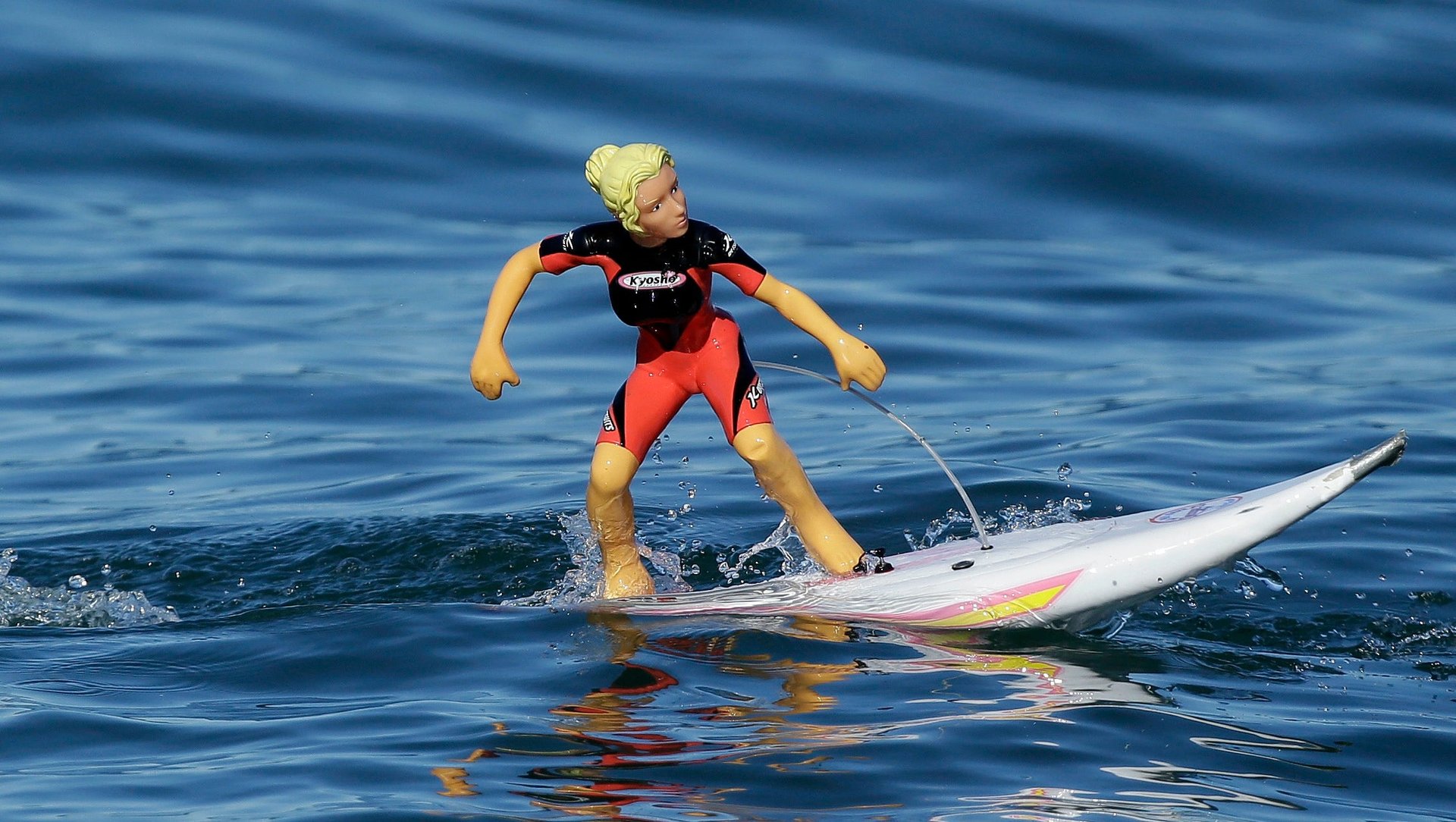Polar bears, penguins… and now surfers, the latest victims of climate change
Not stoked. As climate change warms the world’s oceans, waves are likely to shrink across nearly 40% of the planet during prime surfing season, according to a new study. That’s bad news for surfers and the $7 billion global surf industry, as well as for countries like Costa Rica and Nicaragua, where surf tourism is booming.


Not stoked. As climate change warms the world’s oceans, waves are likely to shrink across nearly 40% of the planet during prime surfing season, according to a new study. That’s bad news for surfers and the $7 billion global surf industry, as well as for countries like Costa Rica and Nicaragua, where surf tourism is booming.
Computer modeling by scientists from Australia, Canada, Japan, Portugal, Sweden and the US found, for instance, that annual mean wave height in the North Atlantic could fall by around 10% or 0.3-0.4 meters (0.9-1.3 feet), according to the paper published in the journal Nature Climate Change. Not that New Jersey or the UK are exactly surfing Meccas, but the findings set off alarms among surfers, who tend to obsess about wave size.
Smaller waves, however, might be the least of surfers’ worries. Nor should seaside communities and insurance companies take too much comfort that shrinking surf will spare them from the ravages of global warming. That’s because the scientists also predict that climate change will cause waves to change direction as they approach coastlines. That could cause severe erosion of some beaches and alter the surf breaks that shape waves as they hit the coast. Other beaches may experience no change, or a surfeit of sand.
“On a sandy beach, longshore drift of sand is driven by waves,” Mark Hemer, a scientist at Australia’s Commonwealth Scientific and Industrial Research Organisation (CSIRO) and the study’s lead author, told Quartz. “If this equilibrium is altered by changing any of these wave properties, changing the strength of the longshore drift, then the beach will respond accordingly.”
About 20% of the world’s beaches are composed of sand, according to the CSIRO, and 70% of those are eroding. In Australia, half of beaches are sand.
Hemer and his co-authors caution that much more work needs doing to quantify the effects of climate change on waves. But the study underscores a growing recognition that waves, not just a rise in sea levels, will be a big part of how global warming affects the world’s coastlines. For example, a study published in April by the US Geological Survey projected that low-lying Pacific island nations could disappear under rising seas much earlier than thought due to inundation from storm-driven waves.
The new study does offer some good news if surfing with penguins is your thing. About 7% of the world will see bigger waves thanks to swells emanating from the Southern Ocean surrounding Antarctica. Those waves are expected to grow by 15%, or 0.6 meters (2 feet), on average.
The prognosis for surf-crazy California and other northern Pacific coastlines remains cloudy, though. Hemer says that overall, the computer models show a 5% drop in average wave height off the US coast, though some individual projects predict an increase.
In any event, Hemer says surfers should not panic. Yet.
“Future changes in waves will influence waves at the coast, but these will be gradual and these changes are not only a result of changes in waves, but also other things,” he says. “There are a lot of stressors on the coastal environment (e.g., water quality, pollution) and climate is just one of these.”